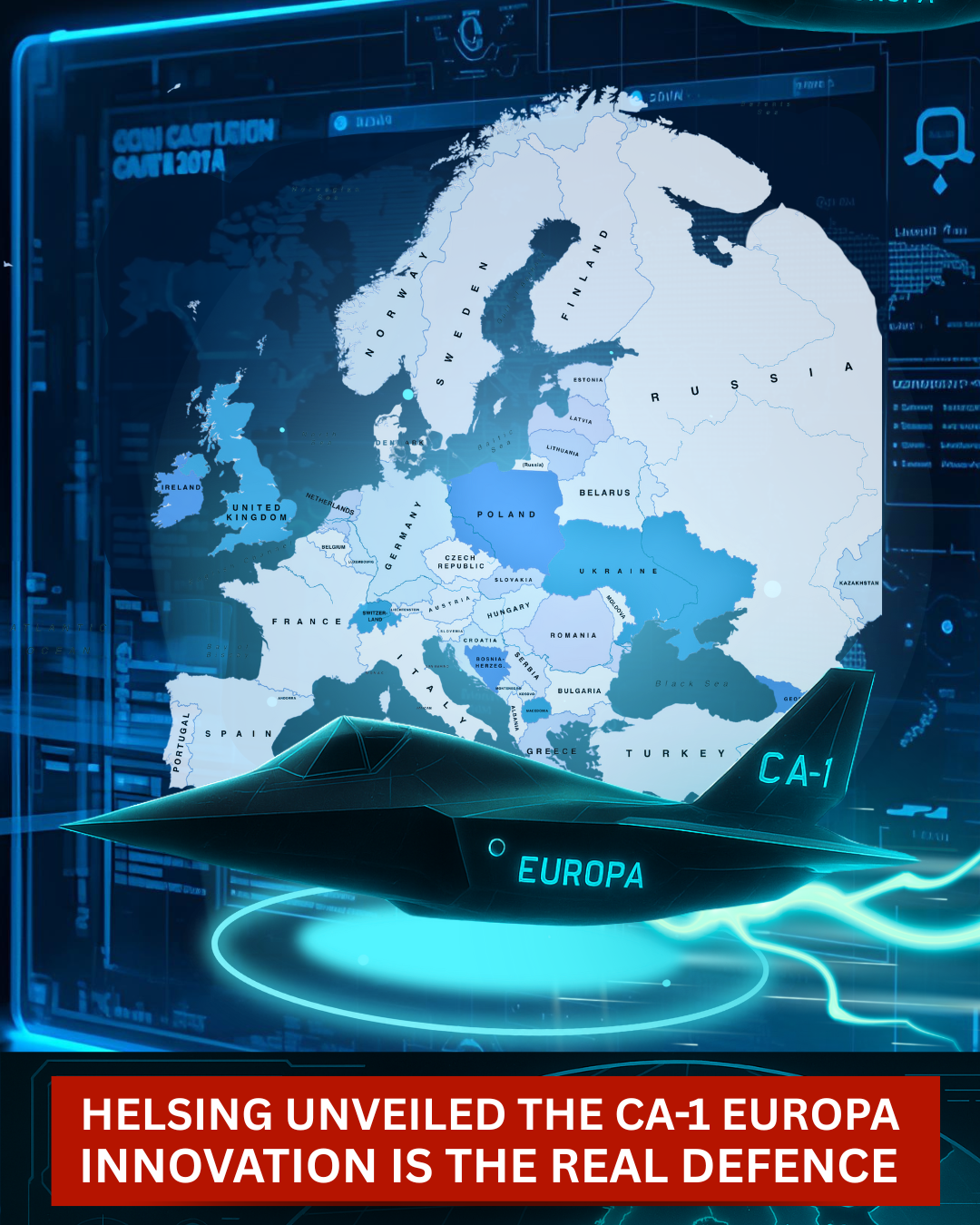Europe’s airspace has once again become a flashpoint for geopolitical tension. The recent breach of Estonian airspace by Russian fighter jets underscores a critical truth: deterrence today is not just about speed or firepower — it’s about innovation, intelligence, and the capacity to make decisions faster than the adversary.
Today, three Russian MiG-31 “Foxhound” jets penetrated 9 km into Estonian airspace near Vaindloo Island in the Gulf of Finland, remaining for 12 minutes before being intercepted by Italian F-35s on Baltic Air Policing duty.
Despite the MiGs’ transponders being switched off, NATO tracked them via radar — though they were not in communication with Estonian air traffic control.
The tactical picture:

MiG-31: Supersonic interceptor at ≈ Mach 2.83 (~3,000 km/h).
F-35: Slower at Mach 1.6 (~1,975 km/h), but equipped with beyond-visual-range (BVR) missiles and advanced sensor fusion — able to see first, shoot first.
Result: Survivability is less about raw velocity and more about data, sensors, and decision speed.
Wider context:
In response to Russia’s incursions into Poland and Romania, NATO pledged to move troops and fighter jets eastwards. Today’s breach shows why such reinforcement remains urgent.
But Europe’s deterrence edge won’t come from legacy airframes alone. It will come from startups building dual-use defence technologies — combining commercial agility with strategic impact.
Where innovation steps in:
AI-enabled ISR & sensor fusion – Optera is pioneering neuromorphic compute and cognitive AI to process surveillance data in real time, compressing decision cycles from minutes to seconds.
Counter-UAS & high-speed intercept – Hermeus (hypersonic innovation), Cailabs (laser comms), and ICEYE (rapid-response SAR imaging) enable NATO to counter future supersonic and hypersonic threats.
Space-based resilience – Miratlas provides atmospheric characterization for laser links; ICEYE delivers responsive space-borne ISR; and Leanspace enables NATO to integrate space assets instantly via software-defined ground segments.
Cyber & predictive intelligence – CYSEC and BforeAI (The PreCrime™ Company) deliver the early-warning edge that NATO’s CCDCOE (Cooperative Cyber Defence Centre of Excellence) identifies as mission-critical.
Disinformation & wargaming – LetsData, Comand AI, Hadean, and 21strategies are reshaping how NATO anticipates and counters hybrid threats that merge cyber, information, and kinetic operations.
At Karista, our KTech II fund is dedicated to backing these innovators — where commercial edge meets national security resilience.
Incursions like today’s pose a blunt question:
Will Europe invest fast enough in startups — and by extension, the VC funds — to ensure NATO is ready for a full-spectrum attack: air, sea, land, cyber, and space?


